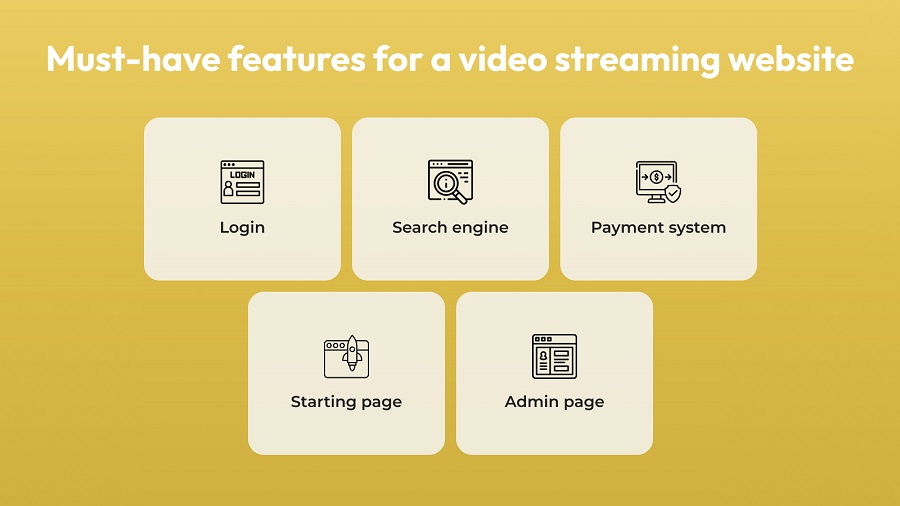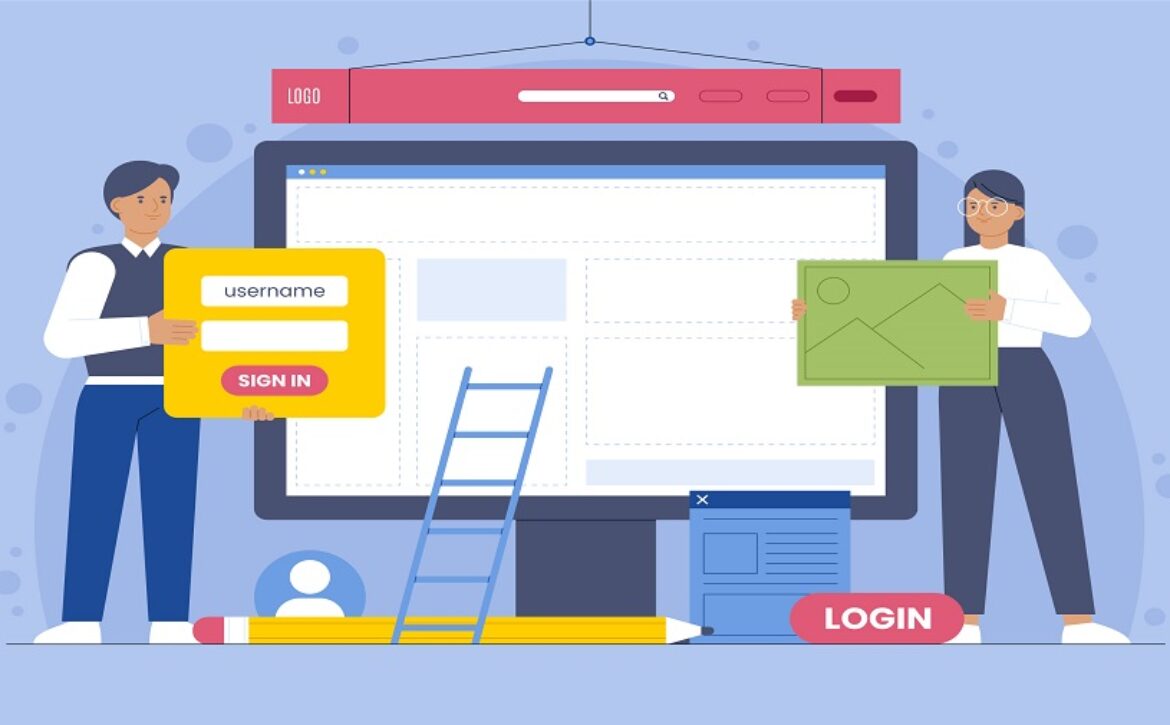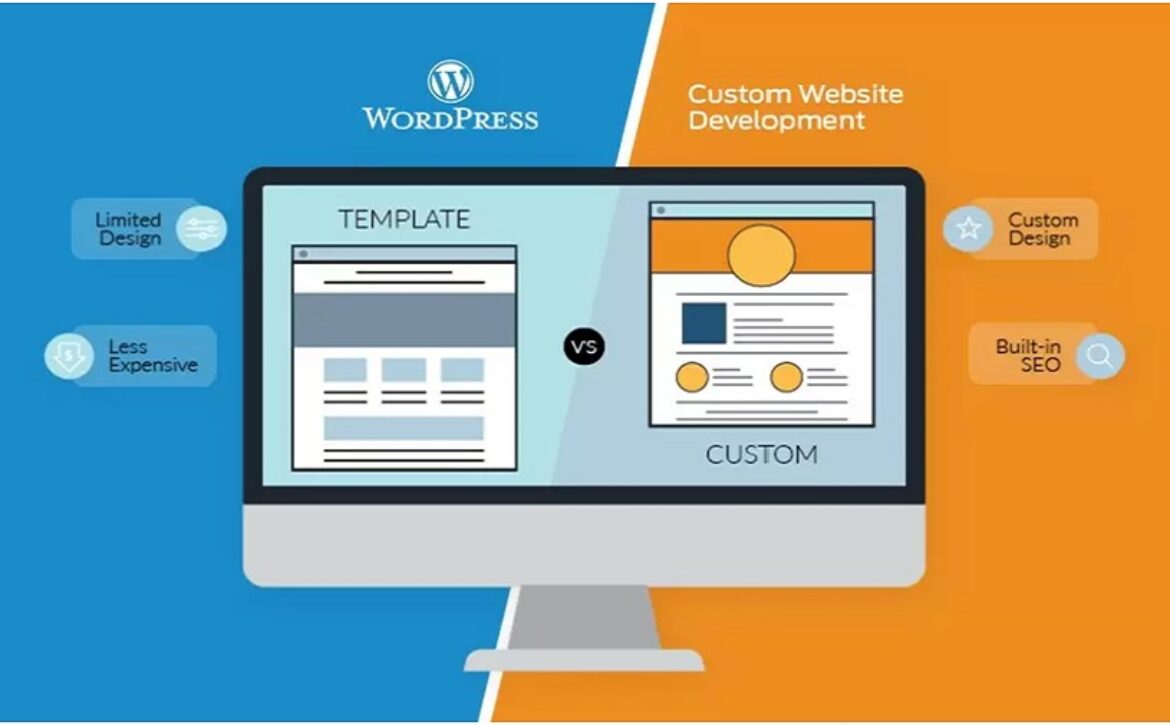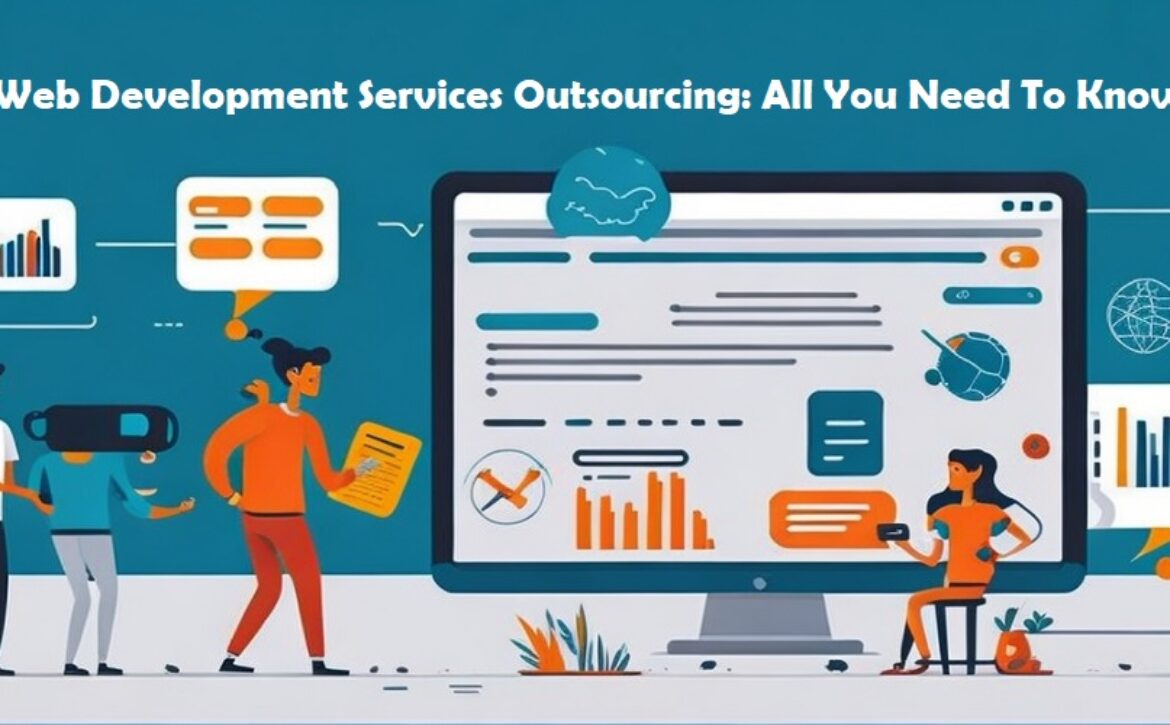How to Make a Video Streaming Website Like Hulu, Prime Video, and Disney+
Creating a video streaming website is an exciting endeavor, but it can be intimidating due to the number of steps involved. Depending on your goals and the type of content you wish to provide, there are different tools and services you should take into account. First off, you’ll need to determine the format for your videos – live or on-demand streaming? Then, identify the platform for hosting your videos and securing customer subscriptions. You’ll also need a user-friendly interface design with good navigation features to help customers find what they’re looking for quickly. Additionally, you may want to consider incorporating AI technologies for filming and editing video content as well as automation tools that can help automate tasks like customer support requests or payment processing.
Finally, keep in mind that developing an effective distribution strategy is just as important as creating high-quality streaming content. To maximize profits from your video streaming website, consider leveraging social media marketing campaigns combined with email marketing outreach to promote new content and build traction for specific series or films people have enjoyed watching in the past. By understanding the industry landscape and implementing a comprehensive plan that puts these steps into action, you can create a successful streaming website in no time!
What Is a Video Streaming Website?
————————————–
Live website streaming has become an essential tool for businesses to communicate with potential customers. With a robust live streaming solution, companies can easily broadcast videos through their website, enhancing customer engagement while increasing overall reach. Live streaming apps and sites provide an easy-to-use digital platform for broadcasting media, allowing anyone with even basic technical knowledge to access its features.
The first step in the process of setting up a live streaming website is having an adequate internet connection. Once this has been established, specialized video players must be used that will give users the access they need to the source code of a web page in order to stream content in real time. This set up ensures that audiences always have the most up-to-date information and won’t miss out on important events which could otherwise be lost if they are not engaging directly with the site or company’s social media channels. With its advantages over traditional forms of advertising such as TV and radio broadcasts, live streaming websites represent an efficient way for businesses around the world to engage more people in whatever message they wish to convey.
Make Video Streaming Website: MVP Features
————————————–
Now that you are familiar with the fundamentals, let’s explore the necessary elements on how to build a live streaming website.
Registration
Registration plays an important role on any video streaming website. It allows users to store their personal data in one convenient place and easily access it whenever they need. Without registration, users wouldn’t have the opportunity to keep track of previous purchases, view a history of watched videos, or even buy subscriptions if the website is paid-based.
Managing Personal Information
Creating and managing personal information is an integral part of building any video streaming website on a paid basis. When it comes to collecting and storing customer data, security should be the first priority. This includes emails, passwords, names, payment details, etc. It is important to make sure that all sensitive data is safeguarded using encryption and secure protocols like HTTPS.
Search
A website with video streaming should absolutely incorporate a search engine in order to help users navigate the content. A good search engine will provide them with an efficient way to quickly find the content they are looking for. This is very important since most streaming websites contain a large selection of movies, series, and other types of media that can be hard to browse through. Having a well-designed search engine helps users narrow down their choices and easily find what they are looking for.
Payment System
When it comes to handling payments, whether it is online or an in-person transaction, there are two options: a custom payment service or a third-party system such as Stripe, Braintree, PayPal, Dwolla and Authorize.net. In either case, security should be the main concern. Using a third-party provider means opting for one that is reliable and secure; doing proper research is necessary for this to happen. As for creating your own system from scratch – all of the latest data regulations and security protocols must be abided by so that customer information is kept safe.
Content Management System
A Content Management System (CMS) is an essential part of any video streaming website. The user experience starts when they arrive at the upload page, and a good CMS will ensure that they have a smooth and intuitive journey all the way to uploading their content. The interface should be designed so that all the necessary information is provided to users in an easy-to-understand manner, without being overwhelmed by too many functionalities or features.
Home Page
The home page of any video streaming website plays an important role in the user experience. It is the first page users see when they visit the platform, which means it should be designed well to create the best impression on them.
Building a Video Streaming Website: Advanced Features to Implement
————————————–
If you are looking to create a video streaming website, there are some advanced features to consider. These features allow users to customize their viewing experience and will make the website truly stand out from the competition. Some of these advanced features that could be implemented include an integrated search engine, custom playlists and categories for content, enhanced navigation with recommendations and filters, dynamic resolution optimization, adjustable buffering speeds for better streaming performance and quality, incorporation of external audio sources such as background music or commentary tracks, customizable subtitles in multiple languages, offline mode capability for watching downloaded content, virtual reality support, and more.
Building a complete video streaming website requires careful consideration when it comes to implementing these types of advanced features. It is important to balance usability with complexity while making sure performance is not degraded by overloading the platform with too many options. It is wise to evaluate your target audience before deciding on which features will add the most utility to their viewing experience. Additionally, getting third-party feedback before finalizing designs can help avoid potential issues down the line once user testing begins. Of course, some experimentation may be necessary in order to find what works best!
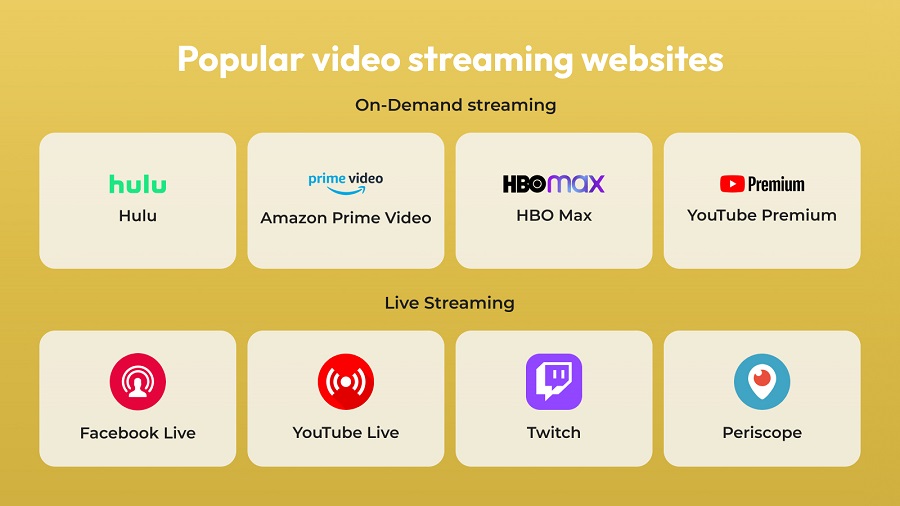 How to Make a Video Streaming Website?
How to Make a Video Streaming Website?
————————————–
Creating a video streaming website may feel overwhelming. It involves understanding web development, coding, hosting, streaming technology, and more. However, with the proper resources and dedication, anyone can build a successful site for streaming videos. Here are some steps to help you begin:
– First, determine the type of platform you wish to utilize
There are various options available for creating a video streaming website, including using popular services like YouTube, Vimeo, or Dailymotion, building a custom site from the ground up, or utilizing existing platforms such as WordPress or Wix.
– Choose a hosting option
When creating your own platform, it is necessary to have a hosting provider such as Amazon Web Services (AWS), Google Cloud Platform (GCP), or Microsoft Azure.
– Select a streaming service
A crucial aspect of developing a video streaming website is selecting a reliable service that can deliver content securely to users, ensuring a smooth viewing experience without buffering or other technical problems. Some well-known options in this category include Amazon Prime Video, Hulu, Netflix, and Disney+.
– Create the user interface
After selecting the streaming service and hosting platform, the subsequent step is to create a user interface that is intuitive and user-friendly, allowing for quick and easy content access.
– Establish analytics
Measuring the performance of your site is crucial. Tracking visitor numbers, video views, traffic sources, and other metrics can be accomplished using an analytics platform like Google Analytics.
– Test your site
Before launching a streaming website, it is crucial to conduct thorough testing to ensure functionality, identify and address any bugs or errors, and verify video quality across various devices for a seamless user experience.
After setting up your video streaming website, it’s time to focus on marketing and promotion. The goal is to make your service known and used by people. Start by utilizing social media to reach a wide audience of potential viewers. Additionally, consider advertising on other websites and using search engine optimization (SEO) to ensure that your streaming service is easily found when users search for specific content.
Monetization Options for Streaming Website
————————————–
Creating a monetization strategy for your streaming site is important if you’re looking to turn your passion into a business. Depending on the type of content you’re offering, there are various ways to set up a live streaming and monetize your service. For YouTube videos, the most common approach to monetization is ad revenue. This means partnering with advertisers that will pay you for impressions and clicks on their ads within the video. However, if you’d like to have further control over how users interact with your site, setting up payment options such as subscription services could be suitable alternatives. With this tactic, users are able to pay for access to certain parts of your site or features that will keep them subscribed over time – allowing for recurring revenue.
For other types of content streamed from a website, successful monetization may require targeting advertisers more specifically with strong offers that they can take advantage of alongside interesting content formats to draw attention from potential customers. This could involve creating opportunities for advertisement slots where brands can provide assets or sponsored product features along with customizations specific to an audience which could make it easier and potentially more profitable in turn. Ultimately, while setting up a live streaming platform might require some technical expertise, having various strategies available when plotting out potential monetization strategies can help make the process easier. Additionally, by utilizing social media and search engine optimization to promote your streaming site, you can ensure that more people are aware of the content you have available.
Pitfalls of Video Streaming Website
————————————–
When it comes to developing your own video streaming website, there are many potential pitfalls you must be aware of. It is important to have a professional team of experienced developers to ensure the success of the project, but even that doesn’t always guarantee that everything will go according to plan. It is common to encounter obstacles at any stage in the development process and being prepared for them is essential.
Some of these issues are more obvious than others, but all should be taken into consideration when planning out how to create a video streaming website of your own. The biggest challenge may be right at the beginning as you start providing streaming services. This means considering things like which devices you support, how much data users will need per month, and what security measures should be taken when providing content. Limited bandwidth can also be a major issue which can lead to unreliable or buffering video playback. Additionally, copyright and licensing regulations need to be handled correctly in order not to face legal issues down the line. Making sure all these factors are taken into account before launching can make a big difference in how successful your video streaming website ends up being.
Conclusion
In conclusion, building and running a successful video streaming website requires massive research, understanding of internet marketing strategies, proper budgeting and patience. All these traits together with his passion for providing quality content in such an interactive manner, leads us towards successful online venture that has the potential to generate huge income streams from multiple sources. Live Net communication has come a long way since its beginnings and continues to develop with modern technologies that enable business owners to create powerful and engaging web applications.


